Experimenting with Different Drawing Styles
Art is like a vast ocean, and every artist is a sailor navigating through its waves. When it comes to drawing styles, the possibilities are endless. Experimenting with different styles is not just about trying your hand at new techniques; it's about discovering who you are as an artist. Each style carries its own unique flavor, and diving into various methods can unlock doors to creativity you never knew existed. Imagine setting out on a journey where every brushstroke or pencil line tells a story—your story. In this article, we’ll explore the world of drawing styles, from the classic to the contemporary, and everything in between.
So, why should you experiment with different drawing styles? Well, think of it as trying on different outfits. Just as some clothes fit better than others, some styles will resonate with you more deeply. By experimenting, you not only enhance your technical skills but also broaden your artistic horizons. You might find that a whimsical cartoon style suits your playful side, while a more realistic approach allows you to express your observations about the world. The beauty of art lies in its ability to reflect our inner selves, so why limit yourself to just one way of expressing it?
As we embark on this artistic adventure, we will cover the essentials of drawing styles, the tools you need, and how to find your unique voice. Whether you are a budding artist or a seasoned pro, there is always something new to learn. So grab your sketchbook, and let's explore the myriad of drawing styles that await you!
Drawing styles encompass a range of techniques and aesthetics that define how an artist expresses their vision. Each style has its own characteristics, influenced by factors such as culture, personal experiences, and the materials used. For instance, a realistic drawing style aims to replicate the subject as closely as possible, while an abstract style might distort reality to convey emotions or ideas. Understanding these nuances can significantly impact the way your work is perceived by others.
Moreover, the choice of style can evoke different emotions in viewers. A vibrant, expressive style may elicit joy and excitement, while a muted, somber approach might provoke contemplation or sadness. As an artist, being aware of these effects can help you choose the right style for the message you wish to convey. So, are you ready to dive deeper into the world of drawing styles?
The debate between traditional and digital drawing is ongoing, with passionate advocates on both sides. Traditional drawing, with its tactile materials and processes, offers a direct connection to the art. You can feel the texture of the paper, the weight of the pencil, and the flow of ink as you create. On the other hand, digital drawing brings a level of convenience and versatility that can be incredibly appealing. With just a few clicks, you can experiment with colors, layers, and effects that would be challenging to achieve on paper.
So, what’s the best choice for you? It often comes down to personal preference and the specific goals you have for your art. Here’s a quick comparison to help you decide:
| Aspect | Traditional Drawing | Digital Drawing |
|---|---|---|
| Tactile Experience | Direct interaction with materials | Limited tactile feedback |
| Flexibility | Less flexible, requires more planning | Highly flexible, easy to undo |
| Tools Required | Pencils, paper, inks | Software, tablet, stylus |
| Portability | Less portable, requires physical space | Highly portable, can work anywhere |
Ultimately, the choice between traditional and digital drawing is a personal one. Many artists find joy in blending both methods, creating a unique hybrid style that showcases their versatility. So, whether you prefer the classic feel of a pencil on paper or the sleek efficiency of a digital canvas, remember that the most important thing is to keep experimenting and exploring!
- What is the best way to start experimenting with different drawing styles?
Begin by exploring various techniques and materials. Try drawing the same subject in different styles to see what resonates with you. - How do I know which drawing style suits me?
Reflect on your artistic preferences and the emotions you want to convey. Don’t be afraid to mix styles until you find your unique voice. - Can I combine traditional and digital drawing?
Absolutely! Many artists use both methods to enhance their work. Experiment with integrating traditional sketches into digital formats.
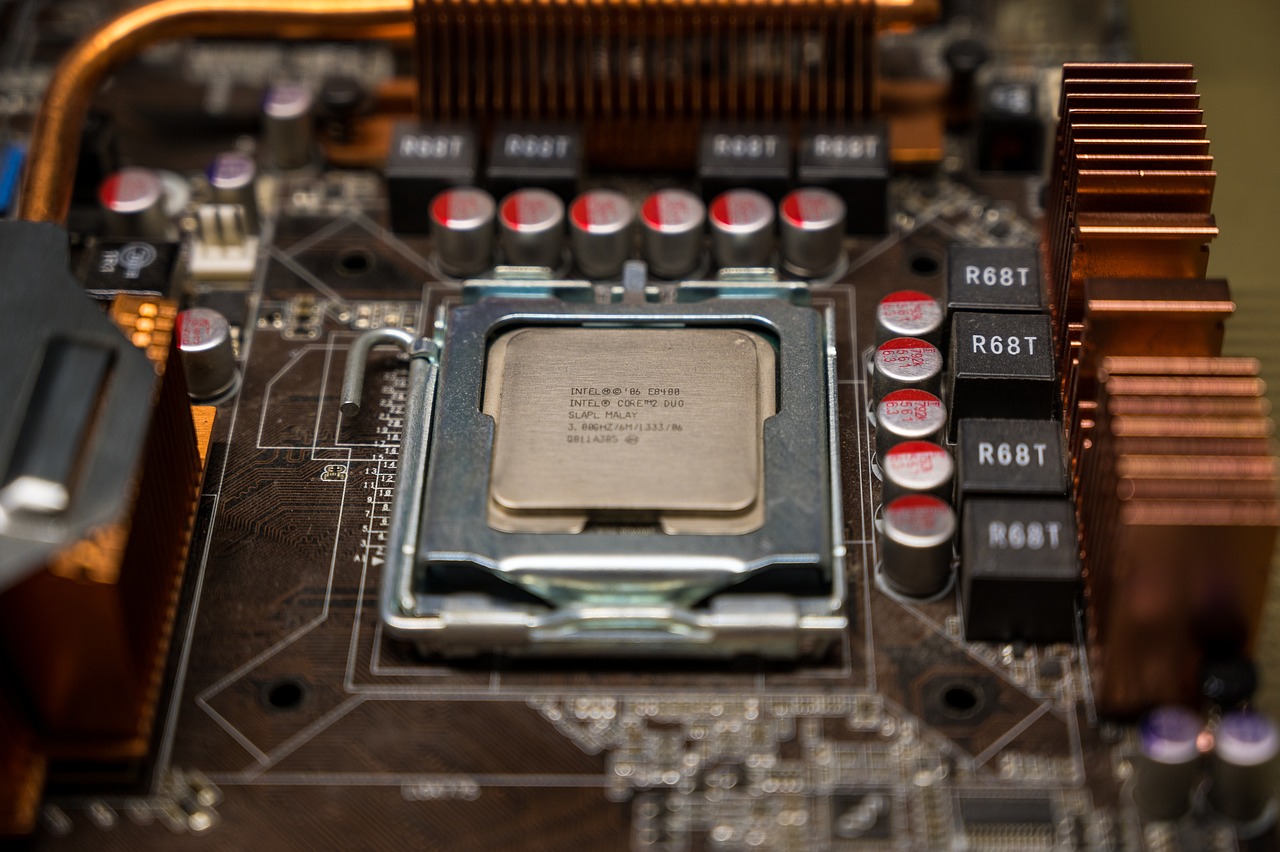
Understanding Drawing Styles
When we talk about drawing styles, we're diving into a vibrant world where each technique tells a unique story. Drawing styles are not just about the final piece of art; they encompass the entire creative process, the tools used, and the emotions conveyed through the artwork. Think of it as the artist's fingerprint—no two styles are exactly alike, and that's what makes art so fascinating! Each style influences how the artist expresses their thoughts and feelings and how the viewer interprets the work. This duality is what makes understanding drawing styles essential for both artists and art enthusiasts alike.
At the core, a drawing style can be defined by several key elements:
- Technique: This refers to the methods used to create the artwork, such as cross-hatching, stippling, or blending.
- Aesthetic: The visual appeal of the drawing, which can range from realistic to abstract.
- Medium: The materials employed, whether traditional (like graphite or charcoal) or digital (like graphic tablets or software).
Each artist's journey is unique, and exploring various drawing styles can lead to unexpected discoveries. For instance, an artist who primarily works with pencil might find joy in experimenting with ink or charcoal, revealing new dimensions to their creativity. This exploration not only broadens one's skill set but also enhances the emotional depth of their artwork. Imagine a painter who dabbles in both watercolors and oils; each medium offers different textures and vibrancy, allowing them to express varying moods and themes.
Moreover, drawing styles can be influenced by cultural backgrounds, personal experiences, and even the current art trends. For example, the Japanese anime style is distinct and recognizable, characterized by its vibrant colors and exaggerated features. On the other hand, the realism style seeks to replicate the world as accurately as possible, often requiring immense skill and attention to detail. Understanding these nuances helps artists to appreciate the diversity in art and encourages them to experiment with styles that resonate with their personal vision.
As you embark on your artistic journey, remember that the beauty of drawing styles lies in their fluidity. Artists often blend styles or create hybrids, resulting in something entirely new and exciting. This fusion can lead to a distinctive style that reflects the artist's personality and artistic voice. So, don't shy away from mixing techniques or drawing inspiration from different cultures and time periods. The more you experiment, the closer you'll get to discovering your unique style!
In conclusion, understanding drawing styles is not just about categorizing art; it's about embracing the journey of creativity. By exploring various techniques, mediums, and influences, artists can discover new ways to express themselves and connect with their audience. So grab your sketchbook, and let your imagination run wild!
Q1: What are the most popular drawing styles?
A1: Some popular drawing styles include realism, cartooning, abstract, anime, and impressionism. Each style has its own techniques and aesthetic appeal.
Q2: How can I find my unique drawing style?
A2: Experiment with different techniques, mediums, and influences. Practice regularly and allow yourself to explore without the fear of judgment.
Q3: Do I need special materials to start drawing?
A3: Not at all! You can start with basic materials like pencils and paper. As you progress, you can invest in higher-quality tools that suit your style.
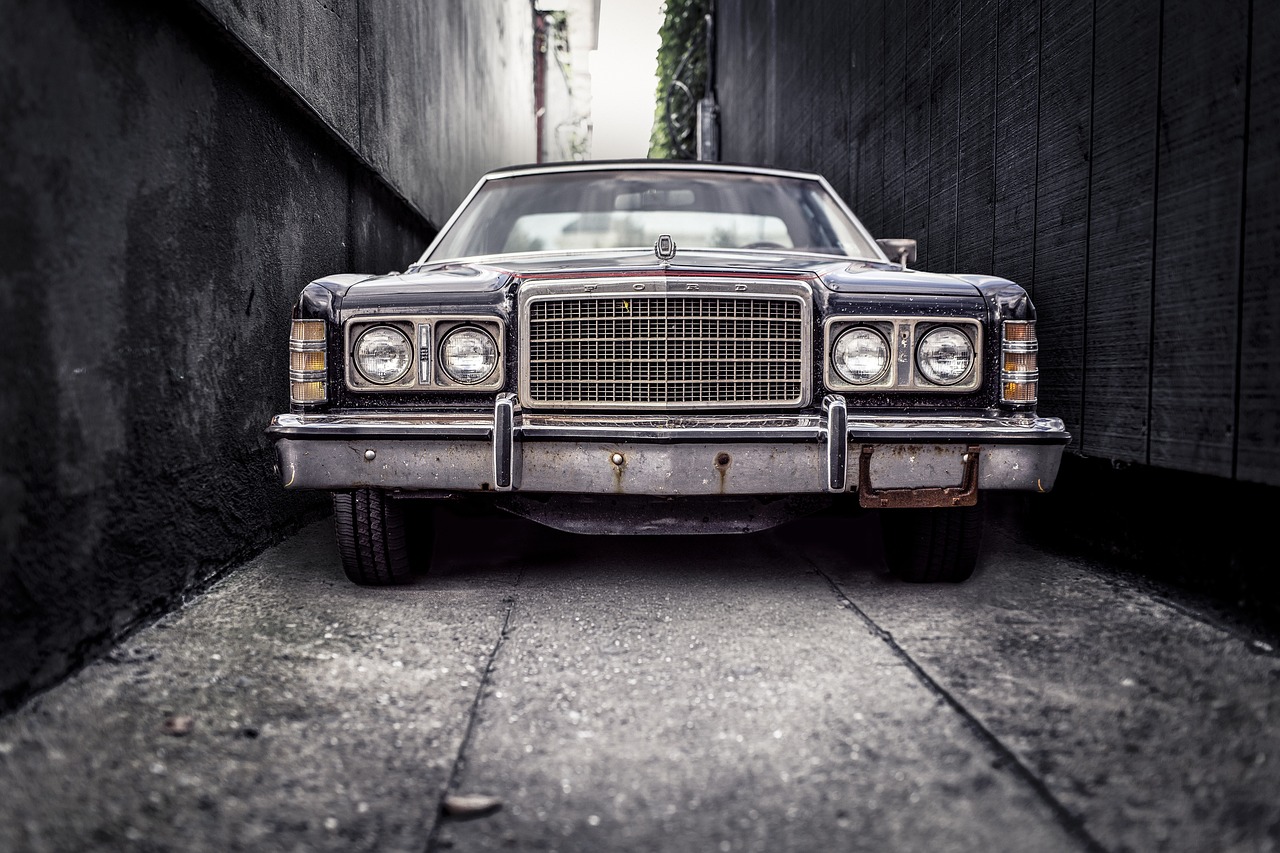
Traditional vs. Digital Drawing
When it comes to the world of art, the debate between traditional and digital drawing is as vibrant as the colors on a painter's palette. Both mediums have their unique charm, advantages, and challenges, making it essential for artists to understand what each brings to the table. Traditional drawing often evokes a sense of nostalgia, offering a tactile experience that can be deeply satisfying. The feel of a pencil gliding across textured paper or the smell of fresh ink can transport you to a different time and place, igniting your creative spirit.
On the other hand, digital drawing opens up a realm of possibilities that can be equally enticing. With just a few clicks, artists can experiment with an endless array of colors, brushes, and effects that would take hours to achieve with traditional tools. But does the convenience of digital mean it’s better? Not necessarily! Each medium has its pros and cons that cater to different artistic preferences and styles.
Let’s break it down:
| Aspect | Traditional Drawing | Digital Drawing |
|---|---|---|
| Materials | Pencils, inks, paper, and other tangible tools. | Software, graphics tablets, and digital brushes. |
| Learning Curve | Requires practice with physical materials. | May require software proficiency and technical skills. |
| Cost | Initial costs can be low; ongoing costs for materials. | Higher initial investment for hardware and software. |
| Flexibility | Limited to the physical medium and tools. | Endless possibilities with layers, effects, and undo options. |
| Artistic Expression | Often more personal and intimate. | Can be more experimental and versatile. |
As you can see from the table, both traditional and digital drawing have their own sets of advantages. For instance, traditional drawing can foster a deeper connection between the artist and their work. There's something special about the imperfections that arise from hand-drawn art—each stroke tells a story. Meanwhile, digital drawing allows for quick corrections and the ability to explore countless styles without the commitment of using physical materials.
So, how do you choose between the two? It really boils down to personal preference and what you aim to achieve with your art. Are you looking for a more hands-on experience, or do you crave the flexibility that technology offers? Maybe you’ll find that a combination of both suits your style best, allowing you to harness the strengths of each medium.
In the end, whether you pick up a pencil or a stylus, the most important thing is to keep creating! Experiment with both traditional and digital drawing to discover what resonates with you. Just remember, every artist's journey is unique, and there's no right or wrong way to express yourself.
- Can I use both traditional and digital methods? Absolutely! Many artists enjoy blending both styles to create unique pieces.
- Which method is better for beginners? It depends on your learning style. Some prefer the immediacy of digital art, while others thrive in the tactile experience of traditional drawing.
- Are there specific tools I should start with? For traditional drawing, a basic set of pencils and sketch paper is a great start. For digital, a tablet and drawing software like Procreate or Adobe Photoshop can be very helpful.
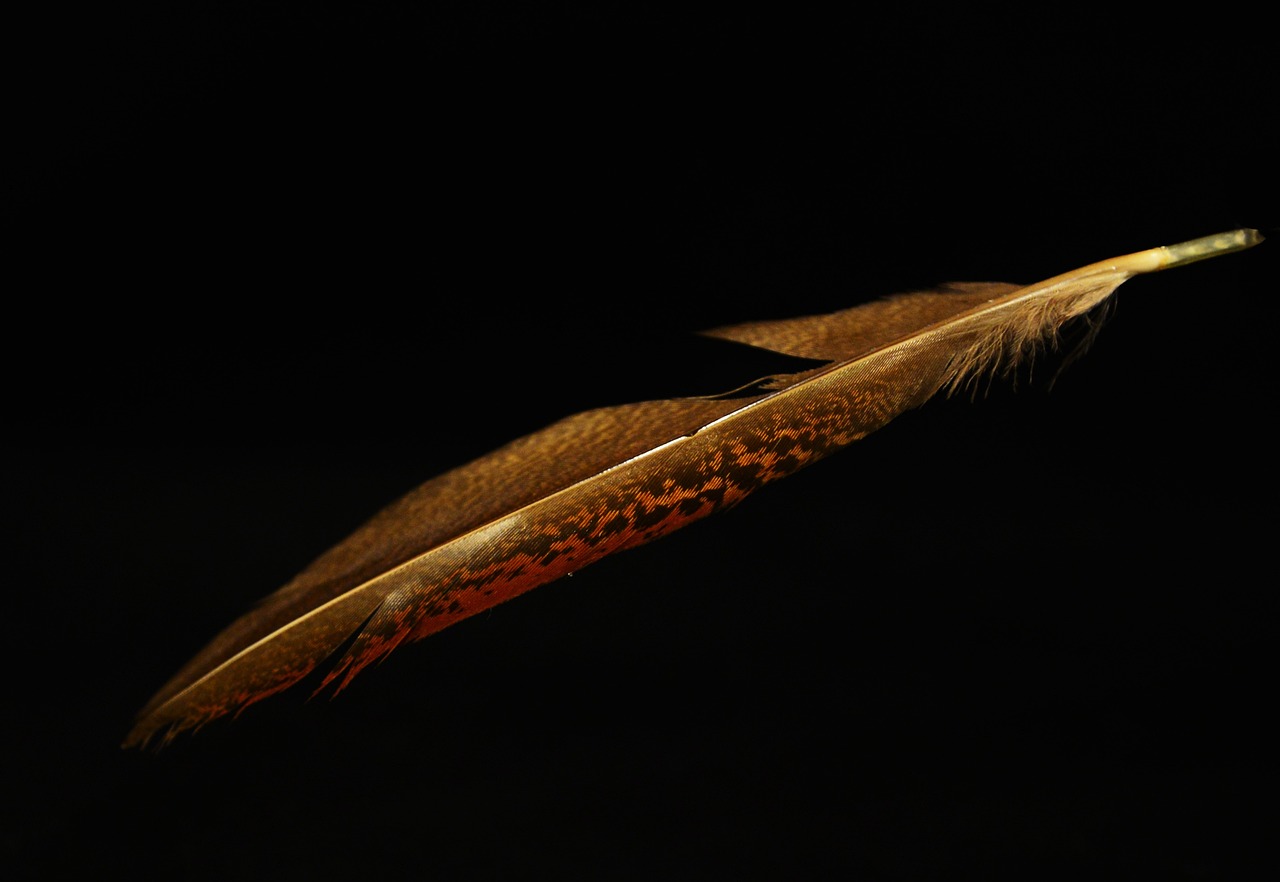
Materials for Traditional Drawing
When diving into the world of traditional drawing, the right materials can make all the difference. Think of your drawing tools as the instruments in a musician's orchestra; each one plays a unique role in creating a harmonious masterpiece. The foundation of your artistic journey begins with a few essential items that not only enhance your creativity but also elevate the quality of your work.
First and foremost, let's talk about pencils. These are the bread and butter of any artist's toolkit. Pencils come in various grades, ranging from hard (H) to soft (B), each offering distinct characteristics. Hard pencils are great for fine lines and detailed work, while soft pencils allow for richer, darker strokes that can add depth and dimension to your drawings. As you explore different styles, experimenting with a range of pencil types can unlock new possibilities in your artistic expression.
Next up is ink. Whether you're using pens, brushes, or markers, ink can bring a boldness to your artwork that pencils sometimes can't achieve. The fluidity of ink allows for dynamic lines and expressive textures, making it perfect for styles like ink wash or calligraphy. However, it’s essential to choose the right type of ink for your project. For instance, waterproof ink is ideal for mixed media, while non-waterproof ink may be better suited for traditional sketches.
Now, let's not forget about paper. The choice of paper can significantly impact your drawing experience. Different types of paper, such as smooth, textured, or watercolor, can influence how your pencil or ink interacts with the surface. For example, smooth paper is excellent for detailed work and fine lines, while textured paper can add depth and character to your drawings. It's worth investing time in selecting the right paper for your preferred medium and desired effects.
To give you a clearer picture, here’s a simple comparison table of common drawing materials:
| Material | Purpose | Recommended Use |
|---|---|---|
| Pencils | Sketching and shading | Fine detail work, varying textures |
| Inks | Bold lines and textures | Inking illustrations, calligraphy |
| Paper | Surface for drawing | Depends on medium: smooth for pencils, textured for ink |
Lastly, don't overlook the importance of erasers and blending tools. A good eraser can help you refine your work, allowing you to correct mistakes or lighten areas for highlights. Blending tools, such as tortillons or blending stumps, can smooth out pencil strokes, creating soft transitions that add realism to your drawings. Remember, the journey of mastering traditional drawing is not just about the materials you use but also about how you use them creatively.
In conclusion, the right materials for traditional drawing can significantly enhance your artistic journey. By carefully selecting your tools—whether it's your pencils, inks, or paper—you'll find that your ability to express yourself creatively will flourish. So, gather your materials, experiment with different techniques, and let your imagination run wild!
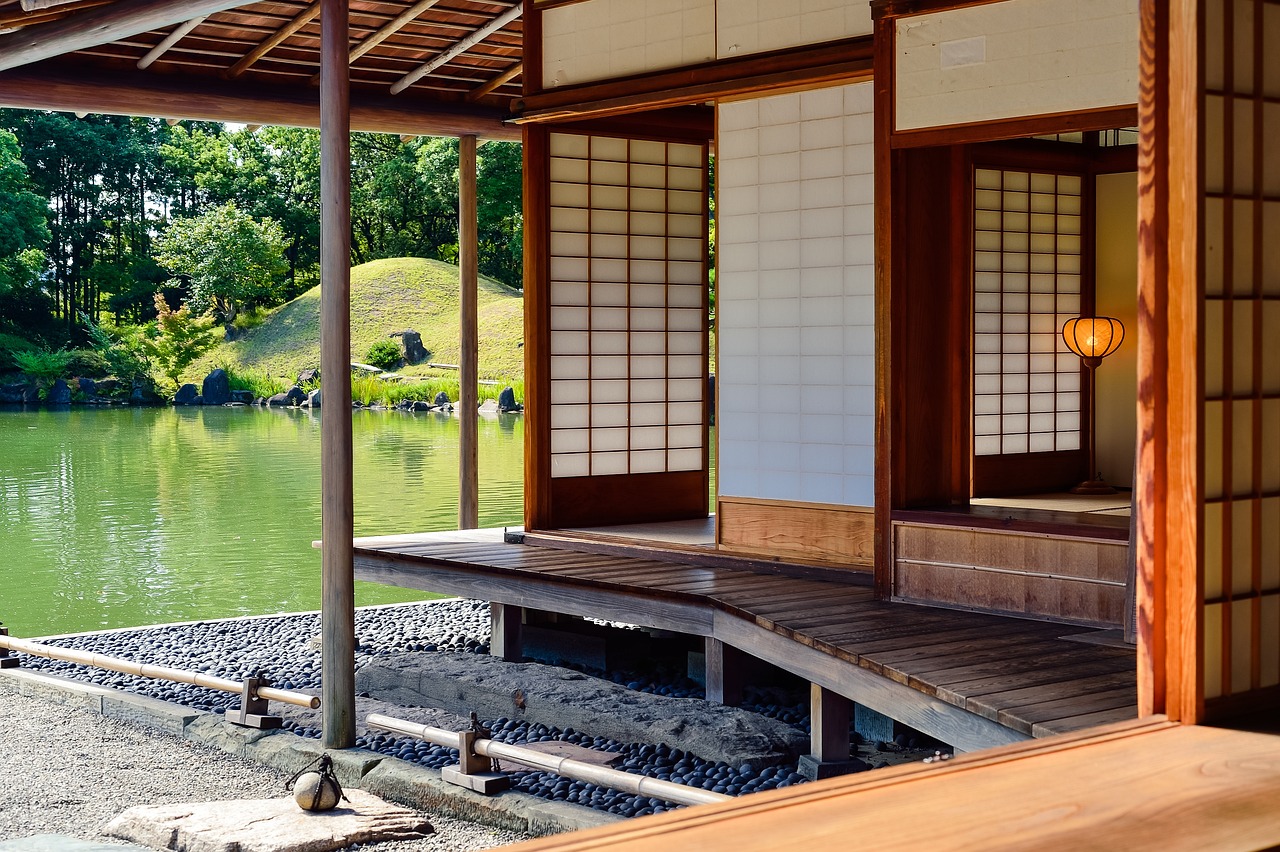
Choosing the Right Paper
When it comes to traditional drawing, selecting the right paper is like choosing the perfect canvas for a masterpiece. The type of paper you use can dramatically influence the outcome of your artwork, impacting everything from texture to color vibrancy. So, how do you choose the right paper? It all depends on the medium you’re working with and the effects you wish to achieve. For instance, if you’re sketching with graphite pencils, a smooth paper can allow for fine details and crisp lines, while a textured paper can add depth and character to your strokes.
There are several types of paper available, each designed for specific drawing techniques. Here are some common options:
- Sketch Paper: Ideal for rough drafts and practice sketches, sketch paper is typically lightweight and has a fine texture.
- Drawing Paper: This is a heavier paper, often with a medium texture, perfect for finished pieces. It can handle a variety of mediums, including pencil, ink, and charcoal.
- Watercolor Paper: If you’re planning to use water-based mediums, watercolor paper is essential. It’s thicker and can absorb moisture without warping.
- Mixed Media Paper: This versatile option is designed to handle multiple mediums, making it a great choice for artists who like to experiment.
Choosing the right weight and texture is equally important. The weight of the paper, measured in grams per square meter (gsm), can affect durability and how well the paper holds up to various mediums. For example, a heavier paper (around 200 gsm or more) is excellent for wet media, while lighter papers (around 90-120 gsm) are great for sketching and quick studies. Additionally, the texture can range from smooth to rough, influencing how your tools interact with the surface. A smooth paper allows for fine detail, while a rougher texture can create interesting effects and depth in your work.
Ultimately, the best way to find your favorite paper is through experimentation. Try different types, weights, and textures to see how they feel and how they affect your drawing style. Keep a sketchbook dedicated to testing various papers and mediums, recording your thoughts and results. This practice not only enhances your understanding of paper characteristics but also helps you develop a unique artistic voice.
Q: How do I know if a paper is suitable for my medium?
A: Always check the paper specifications. Look for terms like "drawing," "sketch," or "mixed media" to ensure compatibility with your chosen medium.
Q: Can I use any paper for pencil drawing?
A: While you can technically use any paper, using drawing paper specifically designed for pencil will yield better results in terms of texture and durability.
Q: What weight of paper should I use for watercolor?
A: For watercolor, it's best to use paper that is at least 200 gsm to prevent warping when wet.
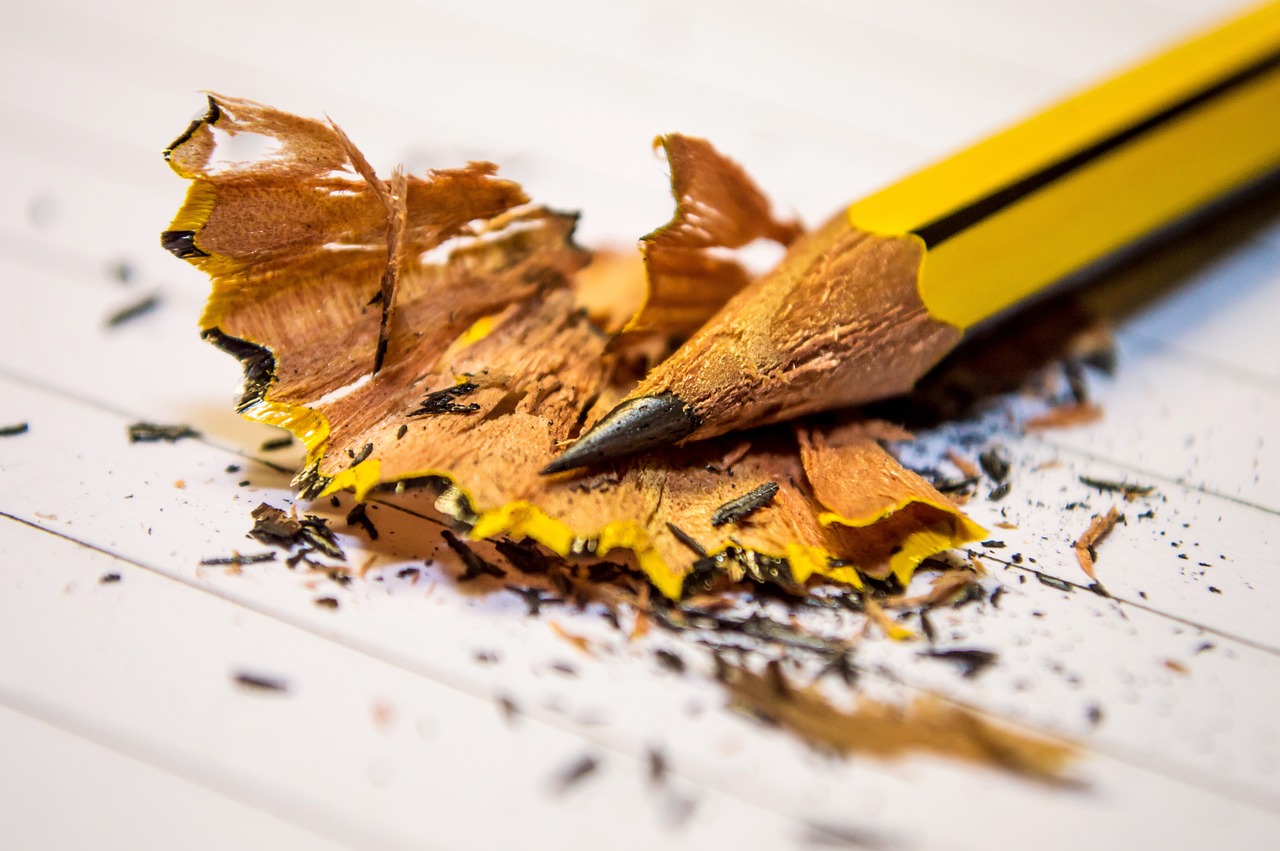
Exploring Different Pencils
When it comes to traditional drawing, the choice of pencil can make or break your artwork. Pencils are not just simple writing tools; they are the very essence of your creative expression. Each pencil type offers a unique hardness and texture, which can dramatically affect the look and feel of your drawings. Have you ever wondered why some artists achieve such fine detail while others create bold, sweeping strokes? The answer often lies in the pencils they choose to wield.
To help you navigate this colorful world of graphite, let's break down the different types of pencils available. Pencils are categorized primarily by their hardness, which is indicated by a grading system. The most common grades are:
- H Pencils: These are hard pencils that produce light, fine lines. They are perfect for detailed work and initial sketches.
- B Pencils: Soft pencils that create darker lines and are great for shading and expressive strokes.
- F Pencils: This is a fine point pencil that falls between H and B, offering a balance of hardness and softness.
Understanding this grading system is crucial for any artist looking to enhance their skills. For instance, if you want to create a delicate portrait, you might start with an H pencil for the initial outlines, ensuring precision. As you progress to shading, switching to a B pencil allows for richer, deeper tones that bring your artwork to life.
Moreover, the texture of the pencil lead plays a significant role in the outcome of your work. Some artists prefer smoother leads for a seamless finish, while others might opt for rougher leads to create texture and depth. Experimenting with different brands can also yield surprising results, as each manufacturer has its own unique formula for pencil lead.
Additionally, consider the pencil's shape and size. Standard pencils are great, but specialty pencils—like mechanical pencils—can offer precision for fine details. On the other hand, chunky sketching pencils are excellent for bold, expressive strokes. Each type serves a purpose, and finding the right one for your style can be a game-changer.
In conclusion, exploring different pencils is not just about choosing a tool; it's about discovering your voice as an artist. Whether you gravitate towards the delicate touch of an H pencil or the bold impact of a B pencil, each choice influences your artistic journey. So, grab a variety of pencils, experiment with them, and let your creativity flow freely. Remember, the right pencil can be your best friend in the world of drawing!
Q: What is the best pencil for beginners?
A: For beginners, a set of pencils ranging from H to B is ideal. This variety allows you to experiment with different techniques and styles.
Q: How do I choose the right pencil for shading?
A: For shading, softer B pencils are recommended as they produce darker and more blended tones.
Q: Can I use colored pencils for traditional drawing?
A: Absolutely! Colored pencils can add a vibrant touch to your artwork and can be used alongside graphite for mixed media pieces.
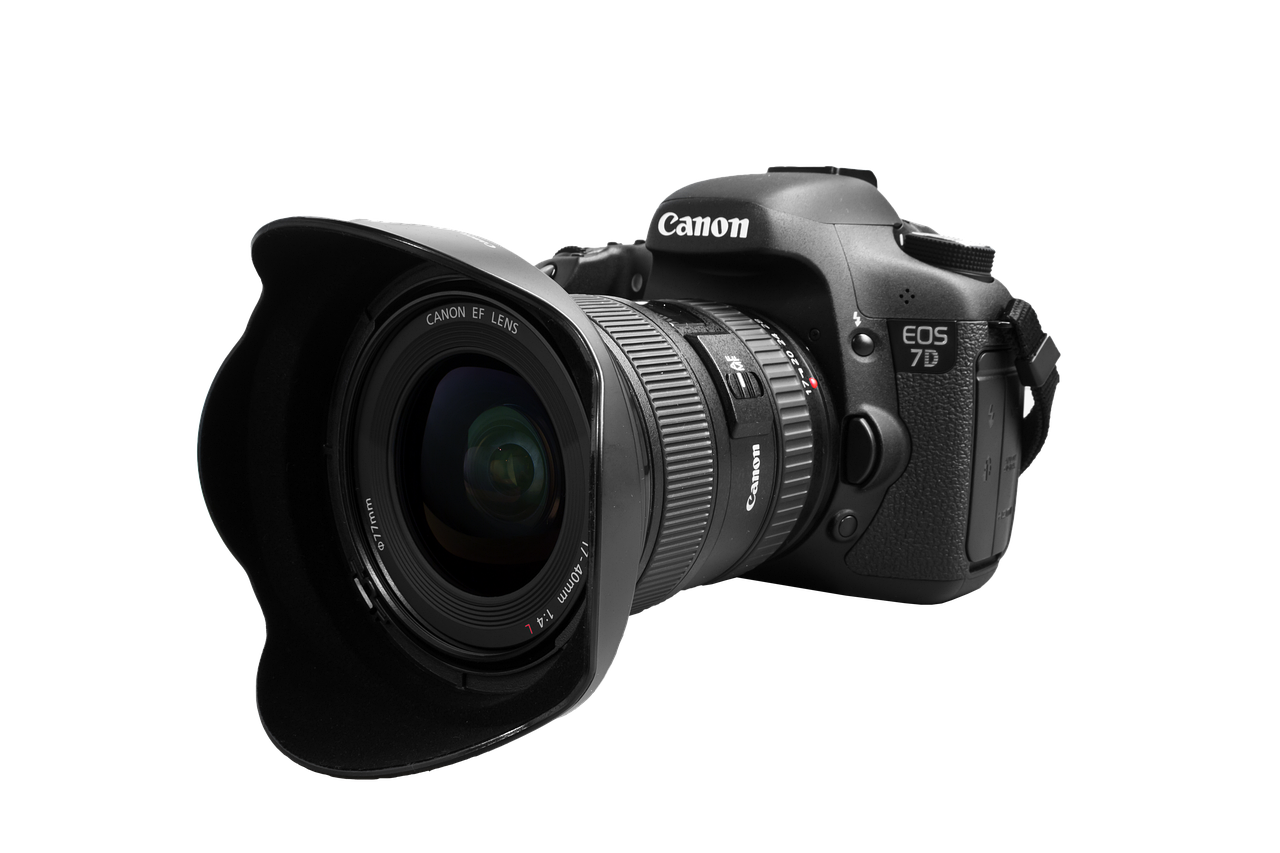
Digital Drawing Tools
In today's fast-paced digital world, digital drawing has transformed the landscape of art creation. No longer confined to traditional mediums, artists now have a plethora of tools at their disposal to unleash their creativity. From software to hardware, the options are vast, and understanding them can significantly enhance your artistic journey. So, what exactly do you need to dive into the world of digital drawing?
First and foremost, choosing the right software is essential. Programs like Adobe Photoshop, Corel Painter, and Procreate are popular choices among artists. Each of these applications offers unique features that cater to different styles and preferences. For instance, Procreate is highly favored for its intuitive interface and is especially popular among iPad users. On the other hand, Adobe Photoshop is a powerhouse with extensive features that allow for detailed editing and manipulation of artwork. Here’s a quick comparison of some popular digital drawing software:
| Software | Platform | Key Features |
|---|---|---|
| Adobe Photoshop | Windows, Mac | Advanced editing tools, extensive brush options, layer functionalities |
| Corel Painter | Windows, Mac | Realistic brush simulation, customizable palettes, texture options |
| Procreate | iPad | User-friendly interface, vast brush library, animation features |
But software alone isn't enough! You also need the right hardware to bring your digital creations to life. A good quality graphics tablet can make all the difference. Products like the Wacom Intuos or Huion tablets provide pressure sensitivity and precision that mimic traditional drawing. If you prefer drawing directly on the screen, consider investing in a tablet like the iPad Pro with the Apple Pencil, which offers an incredibly natural drawing experience.
Additionally, don’t underestimate the importance of a reliable computer or device. A powerful machine ensures that your software runs smoothly, especially when working with large files or complex projects. You wouldn’t want your creative flow interrupted by lagging software, right?
Finally, let’s not forget about the plethora of brushes and textures available online. Many artists create and share custom brushes that can add unique effects to your artwork. Whether you’re looking for watercolor effects, ink splatters, or textured brushes, the digital art community is rich with resources to elevate your creations. Explore platforms like Gumroad or Creative Market to find these gems!
In conclusion, venturing into digital drawing opens up a world of possibilities. With the right tools—software, hardware, and resources—you can explore new styles and techniques that will not only enhance your skills but also help you find your artistic voice. So, are you ready to take the plunge into the digital realm?
- What is the best software for digital drawing? - It depends on your needs, but popular options include Adobe Photoshop, Corel Painter, and Procreate.
- Do I need a graphics tablet to draw digitally? - While not mandatory, a graphics tablet greatly enhances your drawing experience and precision.
- Can I use my regular computer mouse for digital drawing? - Yes, but a graphics tablet or stylus will provide a more natural drawing experience.
- Are there free digital drawing programs available? - Yes, programs like Krita and GIMP offer powerful features at no cost.
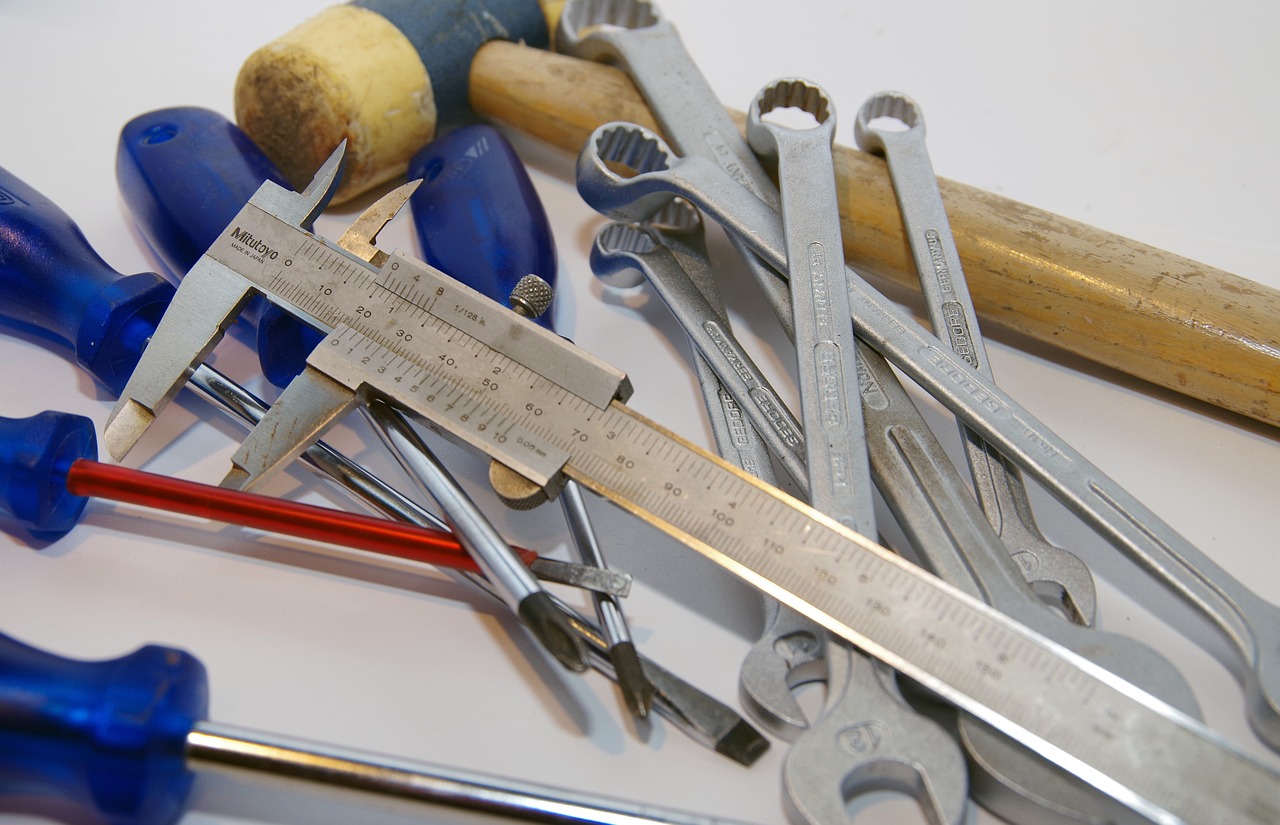
Finding Your Unique Style
Every artist has a unique voice, a distinct signature that sets their work apart from others. Discovering this voice can feel like searching for a needle in a haystack, but the journey is as rewarding as the destination. It’s about experimenting, embracing your quirks, and allowing your personality to shine through in every stroke of your pencil or brush. The process of finding your unique style is not just about what you create, but how you create it. So, how do you embark on this exciting adventure?
First off, it's essential to experiment with various techniques and mediums. Try your hand at different drawing styles, from realistic sketches to abstract doodles. Don’t be afraid to mix and match! The beauty of art lies in its versatility. You might find that a combination of styles resonates with you more than sticking to just one. For instance, you could blend traditional pencil techniques with digital enhancements, creating a hybrid style that is uniquely yours.
Incorporating influences from other artists can also be a game changer. Look at the works of those who inspire you—be it classic masters or contemporary creators. Analyze their techniques, color palettes, and even the emotions they convey through their art. However, here's the catch: while it's great to draw inspiration from others, it's crucial to maintain your originality. Think of it like cooking; you can follow a recipe but adding your special ingredient makes it truly yours.
To help you navigate this journey, consider the following strategies:
- Keep a sketchbook: Document your ideas, doodles, and experiments. Over time, you'll notice patterns and themes that resonate with you.
- Set challenges: Push your boundaries by setting specific drawing challenges, like drawing a subject in different styles or using a limited color palette.
- Join art communities: Engaging with fellow artists can provide valuable feedback and expose you to new ideas and techniques.
Practicing consistency is key in developing your drawing style. Just like a musician hones their craft through daily practice, you should dedicate time to draw regularly. This doesn’t mean you have to create a masterpiece every day; even simple sketches can help you refine your skills and solidify your artistic identity over time. The more you draw, the more you'll discover what feels authentic to you.
Lastly, be patient with yourself. Finding your unique style is a journey, not a race. Embrace the process, celebrate your progress, and allow yourself the freedom to evolve. Just as a tree grows stronger with each passing season, your artistic voice will flourish as you nurture it with love and dedication. So grab your sketchbook, unleash your creativity, and let the world see the incredible artist that is uniquely you!
Here are some common questions artists often have about finding their unique style:
- How long does it take to find my unique style? Finding your unique style is a personal journey that varies for everyone. It can take months or even years, so be patient and enjoy the process.
- Can I change my style over time? Absolutely! Many artists evolve and change their styles as they grow and learn. Embrace the changes as part of your artistic journey.
- What if I feel stuck and can't find my style? If you're feeling stuck, try taking a break or experimenting with new mediums. Sometimes stepping away can provide fresh perspectives.
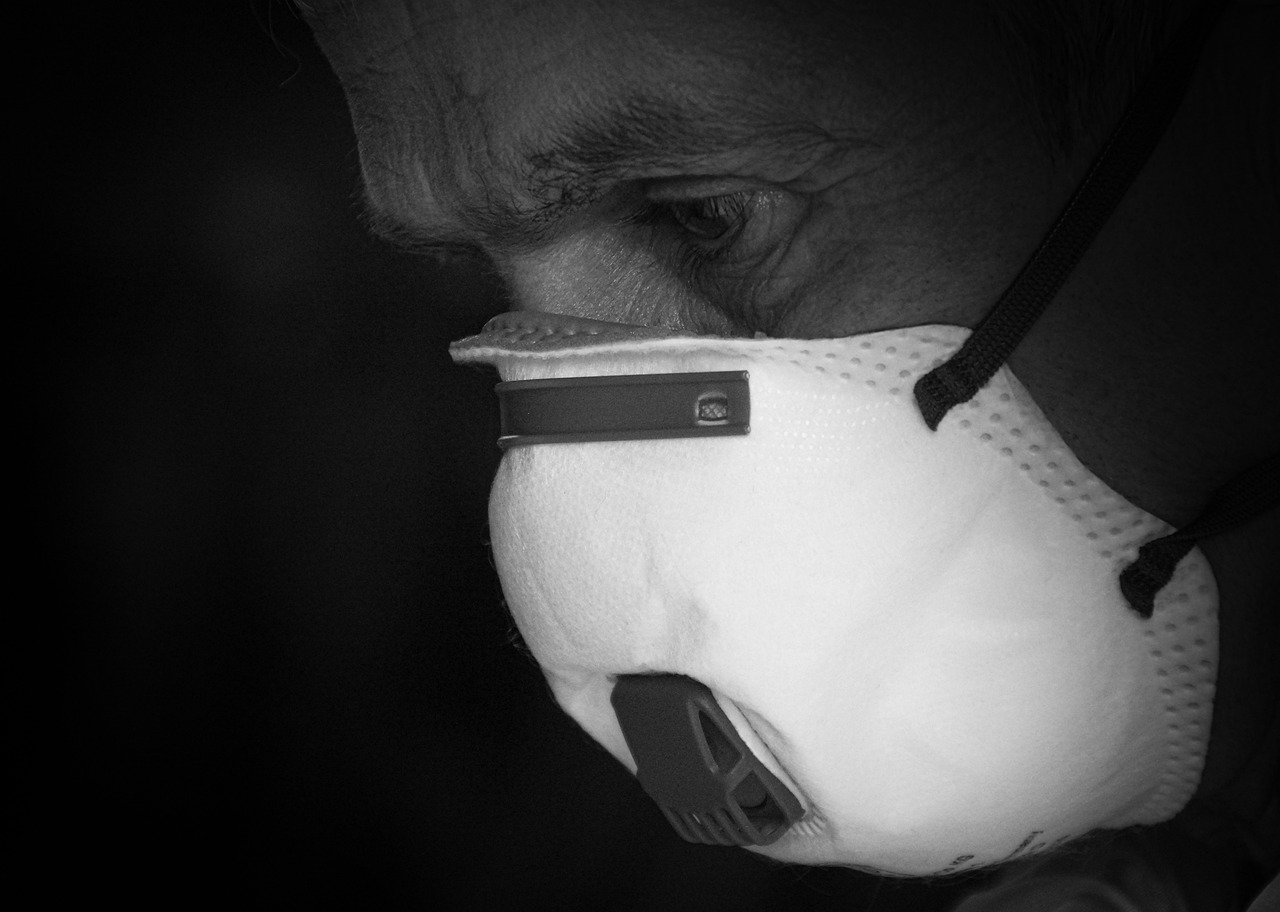
Incorporating Influences
As artists, we often find ourselves swimming in a vast ocean of inspiration. It's everywhere— from the vibrant colors of a sunset to the intricate patterns of nature. into your artwork is like adding spices to a dish; it enhances the flavor and brings out the hidden depths of your creativity. But how do you do this without losing your unique voice? It's a balancing act, but one that can lead to incredible artistic growth.
First, let's talk about inspiration sources. You might look at the work of famous artists, browse through art books, or even scroll through social media platforms like Instagram and Pinterest. Each of these sources offers a different perspective and technique that can spark your imagination. For instance, consider studying the brush strokes of Van Gogh or the composition of a modern graphic designer. By understanding what makes their work compelling, you can begin to infuse those elements into your own style.
However, it's crucial to remember that originality is key. You want to take inspiration from these influences but not mimic them outright. One effective way to do this is by engaging in a practice called artistic synthesis. This involves blending different styles and techniques into a cohesive piece that reflects your vision. For example, you might combine the bold colors of abstract expressionism with the detailed line work of realism. The result? A unique piece that tells your story while paying homage to those who inspired you.
Another method to incorporate influences is through experimentation. Don’t shy away from trying new techniques or materials that you’ve seen in other artists' work. If you’re captivated by watercolor techniques, spend a weekend playing with watercolors, even if you primarily work in graphite. Allow yourself the freedom to explore without the pressure of creating a masterpiece. This can lead to unexpected discoveries and help you find new ways to express your ideas.
To further enrich your artistic journey, consider keeping an inspiration journal. This can be a physical notebook or a digital document where you jot down ideas, sketches, and notes on what moves you. Documenting your thoughts will help you reflect on what influences resonate with you the most, making it easier to integrate them into your work. Additionally, you can include images or links to artworks that inspire you, creating a personalized reference guide that you can revisit whenever you need a spark of creativity.
Lastly, don't forget to share your work with others and seek feedback. Engaging with fellow artists can provide new insights and perspectives that you may not have considered. Join online forums, attend local art meetups, or participate in social media challenges. These interactions can help you refine your style further and encourage you to continue evolving as an artist.
Incorporating influences is a vital part of the artistic process. It’s not about copying; it’s about transforming and evolving. By embracing the styles and techniques of others while maintaining your unique voice, you can create artwork that is rich, diverse, and deeply personal. So, go ahead—explore, experiment, and let your influences guide you on your artistic journey!
- How can I find my unique style as an artist? Experiment with different techniques, materials, and influences until you discover what resonates with you.
- Is it okay to be inspired by other artists? Absolutely! Inspiration is a natural part of the creative process, as long as you make the work your own.
- What materials should I start with for traditional drawing? Begin with basic pencils, quality paper, and perhaps some inks or charcoal to explore various techniques.
- How often should I practice my drawing skills? Consistency is key; aim to draw daily or several times a week to see significant improvement over time.

Practicing Consistency
When it comes to honing your drawing skills, consistency is truly the name of the game. Think of it like training for a marathon; you wouldn't just run once and expect to cross the finish line in record time, right? Similarly, regular practice is essential for developing your unique drawing style and improving your artistic abilities. But how do you cultivate this consistency in a way that feels both productive and enjoyable?
One effective method is to establish a routine. Set aside specific times during the week dedicated solely to drawing. This doesn’t have to be a monumental time commitment; even short, focused sessions can be incredibly beneficial. For instance, you might decide to draw for just 30 minutes every day. Over time, these small increments add up, leading to significant improvement. You could even create a visual calendar to track your progress, marking each day you draw to see how consistent you've been.
Another key aspect is to set goals. These can be as simple or complex as you’d like. For example, you might aim to complete a certain number of sketches each week or experiment with a new technique every month. By setting measurable goals, you create a sense of accountability for yourself. It’s like having a personal trainer for your artistic journey—someone who keeps you in check and motivates you to push through those days when inspiration feels elusive.
Moreover, don’t forget to embrace the power of variety. While consistency is crucial, practicing the same thing repetitively can lead to burnout. Incorporate different subjects, styles, and techniques into your routine. This not only keeps your practice fresh and exciting but also helps you discover new aspects of your artistic voice. For instance, you might spend one day sketching landscapes, another day focusing on portraits, and yet another experimenting with abstract forms. By diversifying your practice, you’ll find that your overall skill set expands, and your unique style begins to emerge.
To help you visualize how to incorporate consistency into your drawing practice, here’s a simple table that outlines a potential weekly drawing schedule:
| Day | Focus Area | Duration |
|---|---|---|
| Monday | Sketching Objects | 30 minutes |
| Tuesday | Figure Drawing | 30 minutes |
| Wednesday | Digital Art Techniques | 30 minutes |
| Thursday | Color Theory Practice | 30 minutes |
| Friday | Abstract Drawing | 30 minutes |
| Saturday | Review and Reflect | 30 minutes |
| Sunday | Free Drawing | 30 minutes |
Finally, remember that patience is a virtue in the world of art. Progress may not always be visible right away, and that’s perfectly okay! Celebrate the small victories along the way, whether it’s mastering a new technique or simply feeling more comfortable with your pencil. Each time you pick up your drawing tools, you’re moving closer to discovering and refining your unique artistic style.
- How often should I practice drawing? Aim for at least a few times a week, even if it's just for 30 minutes. Consistency is key!
- What should I focus on when practicing? Focus on a variety of subjects and techniques to keep your practice engaging and to develop a well-rounded skill set.
- How can I stay motivated to draw regularly? Set goals, track your progress, and mix up your practice to keep things fresh and exciting.
- Is it normal to feel frustrated with my progress? Absolutely! Frustration is part of the creative process. Be patient with yourself and celebrate small achievements.
Frequently Asked Questions
- What is a drawing style?
A drawing style refers to the distinctive techniques and aesthetics that an artist employs in their artwork. It encompasses everything from the choice of materials to the way lines are drawn, and it greatly influences both the artist's expression and how viewers perceive the art.
- How do I choose between traditional and digital drawing?
The choice between traditional and digital drawing often comes down to personal preference and the specific goals you have as an artist. Traditional drawing can provide a tactile experience and a sense of authenticity, while digital drawing offers versatility and the ability to easily edit your work. Consider what feels right for you!
- What materials do I need for traditional drawing?
For traditional drawing, essential materials include high-quality pencils, various types of inks, and suitable paper. Each of these tools can significantly affect the outcome of your artwork, so it's important to choose them based on the style you want to achieve.
- How do I select the right paper for my drawings?
Choosing the right paper is crucial! Consider the medium you’re using—some papers work better with pencil, while others are suited for ink or charcoal. Look for textures and weights that complement your artistic style and the effects you wish to create.
- What types of pencils should I use?
Pencils come in various grades, affecting their hardness and texture. Softer pencils (like 2B or 4B) are great for shading, while harder pencils (like H or 2H) are perfect for fine lines. Experimenting with different types will help you find what works best for your style!
- What software is best for digital drawing?
Popular software options for digital drawing include Adobe Photoshop, Corel Painter, and Procreate. Each has unique features that cater to different artistic needs. Try a few to see which one aligns with your creative process!
- How can I find my unique drawing style?
Finding your unique style takes time and experimentation. Try different techniques, study various artists, and incorporate elements you love into your work. Regular practice and self-reflection will help you discover what makes your art truly yours.
- Should I analyze other artists' work?
Absolutely! Analyzing other artists can provide inspiration and insights into different techniques. Just remember to maintain your originality by integrating influences in a way that feels authentic to you.
- How important is consistency in developing my style?
Consistency is key! Regular practice helps refine your skills and solidify your artistic identity. Set aside time to draw each week, and you'll see your unique style emerge over time.



















